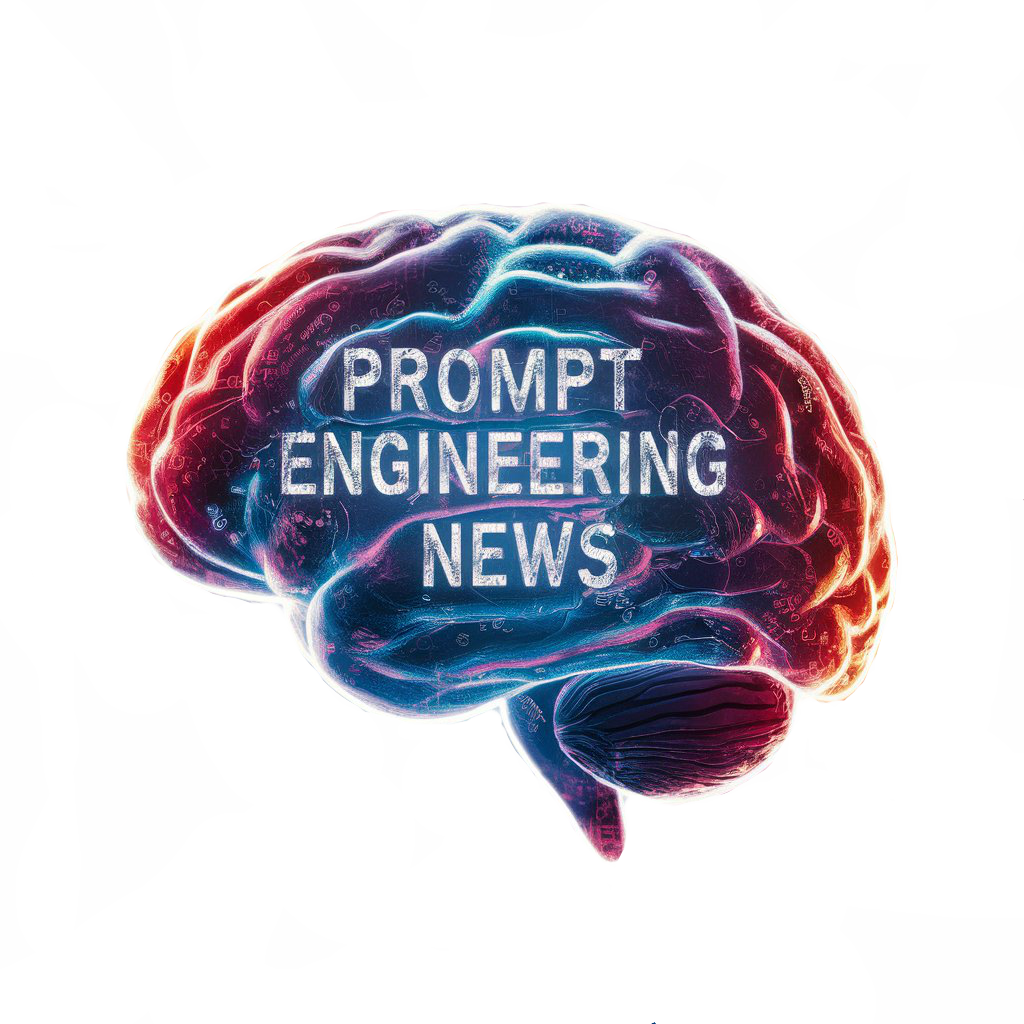The AI Expedition Begins
As we embark on this journey into the realm of artificial intelligence, we’re met with a world of possibilities and a hint of uncertainty. AI, in its various forms, has been transforming industries and reshaping the way we live and work. From machines that can learn and adapt to systems that can generate human-like language, the boundaries of what’s possible are constantly expanding. And at the forefront of this revolution is a subfield of AI that’s often shrouded in mystery: generative AI.
What is Generative AI?
Generative AI is a type of artificial intelligence that’s capable of generating new, original content – be it images, text, music, or even entire stories. This might sound like science fiction, but it’s a reality that’s already changing the way we interact with technology. Generative AI is built upon the foundations of machine learning and deep learning, which enable machines to learn from vast amounts of data and make predictions or generate new content based on patterns and relationships they’ve discovered.
Imagine a world where you can simply type a few words into a chatbot, and it generates a short story or a poem that’s eerily similar to something you might find in a literary magazine. Or, picture a system that can generate realistic images of people or objects, indistinguishable from those taken by human photographers. This is the realm of generative AI, where the boundaries between human creativity and machine-made content are blurring at an unprecedented pace.

The Power of Large Language Models (LLMs)
At the heart of generative AI lies a type of AI model known as a large language model (LLM). LLMs are designed to process and generate human-like language, from the nuances of grammar and syntax to the subtleties of tone and style. These models are trained on vast amounts of text data, which enables them to learn the patterns and structures of language and generate text that’s coherent, grammatically correct, and even engaging.
LLMs have far-reaching applications, from language translation and chatbots to content generation and summarization. They can help us generate text for automated customer service, create news articles and blog posts, or even assist with language learning and education. But what’s truly remarkable about LLMs is their ability to learn and adapt, allowing them to improve their performance over time and generate more sophisticated and human-like language.
The Art of Prompt Engineering
While LLMs are the engines that power generative AI, the quality and effectiveness of their output rely heavily on the prompts that drive them. A prompt is a carefully crafted piece of text that sets the stage for the AI model to generate content. Think of it as a script for a movie, a recipe for a chef, or a set of instructions for a builder. The art of prompt engineering involves crafting prompts that elicit the desired response from the AI model, whether it’s a specific tone, style, or even emotional resonance.
Effective prompts are crucial for generating high-quality content, as they help the AI model understand the context, tone, and style required for the output. A well-crafted prompt can make all the difference between a bland, generic response and a compelling, engaging piece of content. In this sense, prompt engineering is an art that requires a deep understanding of language, creativity, and the capabilities of the AI model itself.
Applications of Generative AI
Generative AI has the potential to transform industries and revolutionize the way we live and work. From chatbots and customer service to language translation and content generation, the applications of generative AI are vast and varied. Here, we’ll explore some of the most exciting and innovative ways that generative AI is being used to change the world.
One of the most promising applications of generative AI is in the field of language translation. Imagine a world where you can communicate with anyone, anywhere, in their native language, without the need for intermediaries or translation software. Generative AI models can learn the patterns and structures of languages, enabling them to translate text and speech with remarkable accuracy and nuance. This has far-reaching implications for global communication, education, and business.
Another area where generative AI is making waves is in content generation. Imagine a world where you can request a custom-written article, poem, or even novel, generated by an AI model that’s tailored to your specific needs and preferences. This is already happening, with AI-powered content generation tools being used to create everything from news articles to social media posts.
Examples of Generative AI Models
Generative AI is a rapidly evolving field, with new models and applications emerging all the time. Here, we’ll explore some of the most notable and innovative examples of generative AI models, and what they’re capable of.
One of the most famous examples of generative AI is DALL-E, a model that’s capable of generating stunningly realistic images from text prompts. Imagine asking an AI model to generate a portrait of a person you’ve never seen before, based on a brief description. DALL-E can do just that, with uncanny accuracy and attention to detail.
Another example is the Language Model, which is capable of generating text that’s indistinguishable from human-written content. This model has been used to generate news articles, blog posts, and even entire books, with remarkable accuracy and coherence.
And then there’s the Transformer, a model that’s capable of generating music and audio content. Imagine a world where you can request a custom-composed song, generated by an AI model that’s tailored to your specific tastes and preferences. This is already happening, with AI-powered music generation tools being used to create everything from jingles to full-length albums.
The AI Journey Ahead
As we conclude our journey into the world of generative AI, it’s clear that this technology has the potential to transform industries and revolutionize the way we live and work. From language translation and content generation to chatbots and music composition, the applications of generative AI are vast and varied. As we continue to push the boundaries of what’s possible with AI, we’ll see even more innovative and creative applications emerge.
But what’s truly exciting about generative AI is its potential to augment human creativity and collaboration. Imagine a world where AI models are integrated into our workflows, enabling us to generate new ideas, explore new possibilities, and create new forms of art and expression. This is the future of generative AI, and it’s a future that’s full of endless possibilities and endless potential.

